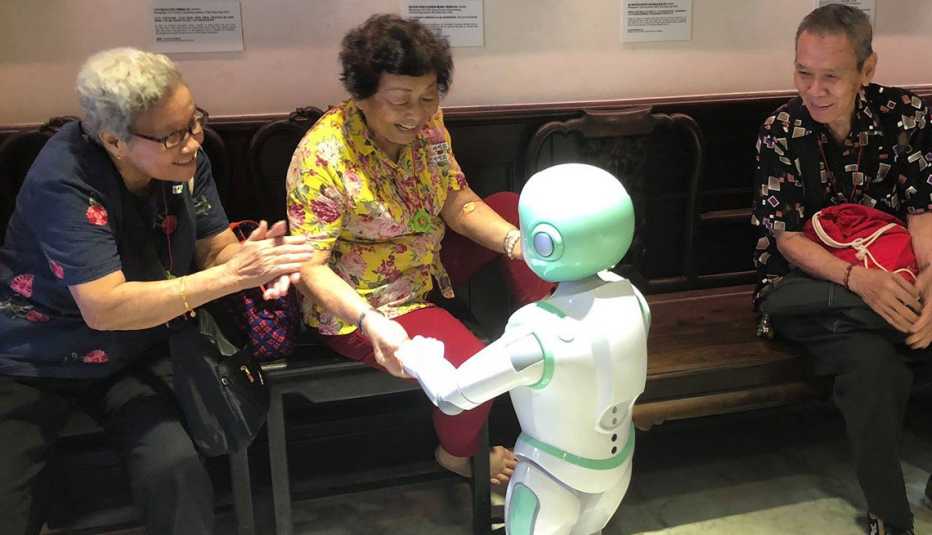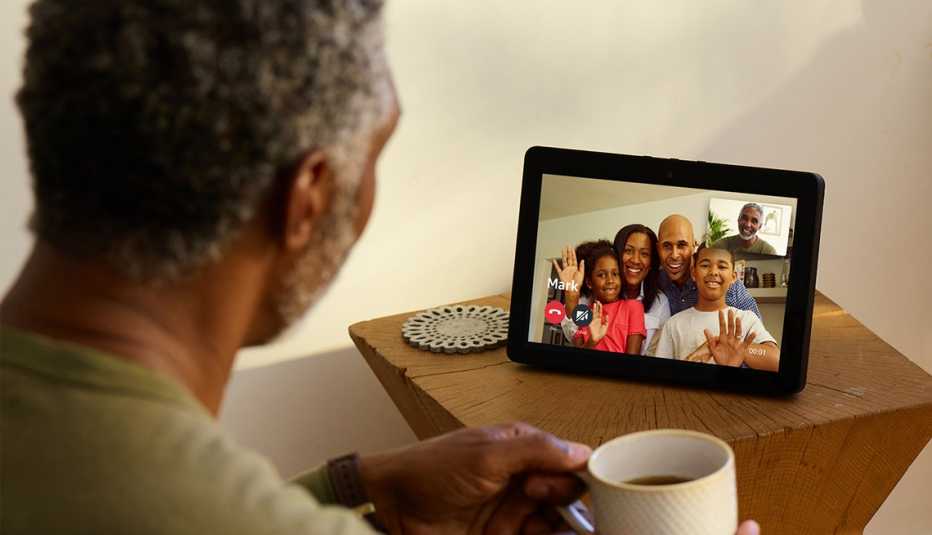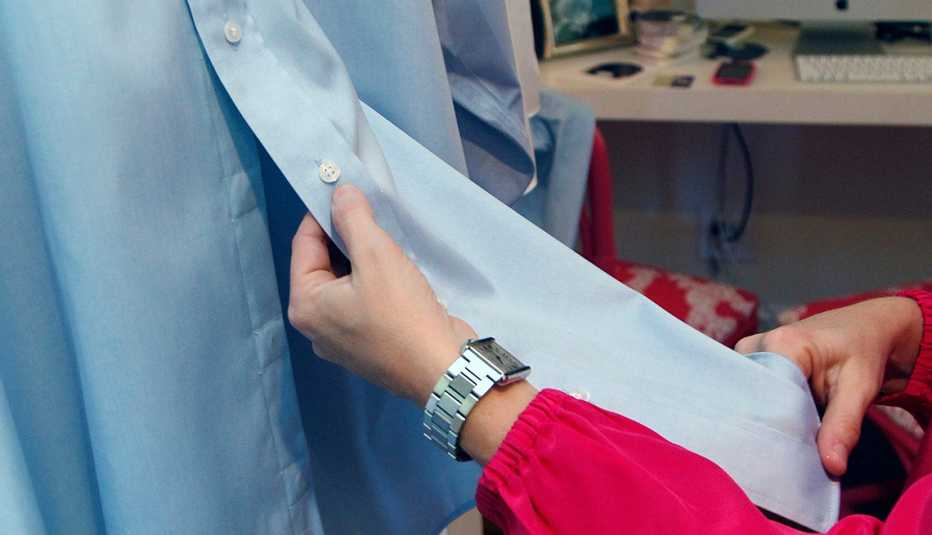Staying Fit


Patrick Egan lives just about two miles from his mother and stepfather’s assisted living community. Yet even at that distance, he knows almost immediately when someone is at their front entryway, if their garage door is open and even if one of them is up from their bed at night.
My part-time, unpaid job is taking care of my parents.


With their approval, Egan added remote-monitoring devices to their Lafayette, Colo., home. His goal: to ensure their safety and security as well as to give himself some peace of mind.


AARP Membership— $12 for your first year when you sign up for Automatic Renewal
Get instant access to members-only products and hundreds of discounts, a free second membership, and a subscription to AARP the Magazine.


He gets text alerts if the front-door camera spots significant movement or if the bed sensors detect that his mom, Sharon, 79, or stepdad, Joe, 88, are up in the middle of the night.


“My part-time, unpaid job is taking care of my parents,” says Egan.


Technology makes that duty easier for him, he says, and does so without any large-scale disruptions in his mom and stepdad’s lives.


“The thing l like about the remote monitoring is that they don’t have to do anything,” Egan says.
An expanding market
Egan is one of many tapping into the myriad monitoring devices on the market. The expanding list of products and services range from GPS-enabled shoe inserts to sensors that can tell if a stove is left on and unattended.
Big companies and smaller firms have entered a safety and security-monitoring arena once mainly known for the “I’ve fallen and I can’t get up” LifeCall pendant commercials.
Retail behemoth Best Buy recently introduced its Assured Living program, which uses sensors to track activities such as opening a refrigerator or medicine cabinet. And the Apple Watch Series 4 is now among the array of watches and pendants that can automatically detect falls and alert emergency responders.
There are also location-tracking devices that can monitor someone’s movement on foot or in a car as well as alert a caregiver if a loved one has gone beyond a designated perimeter.
Helpful, but daunting to deploy
Egan is comfortable with technology — he’s the unofficial IT expert in his mom and stepdad’s community and launched a website to highlight the best tech for caregivers. But he also acknowledges that remote-monitoring technology can get complicated.
“Half the problem is finding the device you want to use, and the other half is figuring out how to use it,” Eagan says.
Some providers offer setup help and continued support, but that typically comes with a fee. An inexpensive DIY option may seem ideal — until there are glitches.
“Don’t underestimate the fact that technology cannot be reliable,” says Joy Loverde, author of Who Will Take Care of Me When I’m Old? “Who is going to be there if it doesn’t work?”
It can be tough to monitor and manage notifications, adds Laurie Orlov, analyst and founder of Aging in Place Technology Watch. If the device is not configured properly, “it’s just a lot of noise,” she says.

































































More From AARP